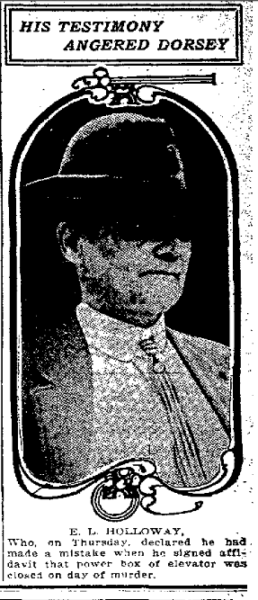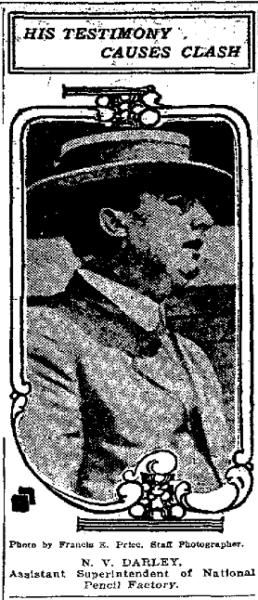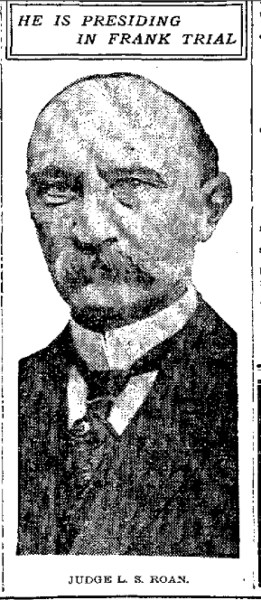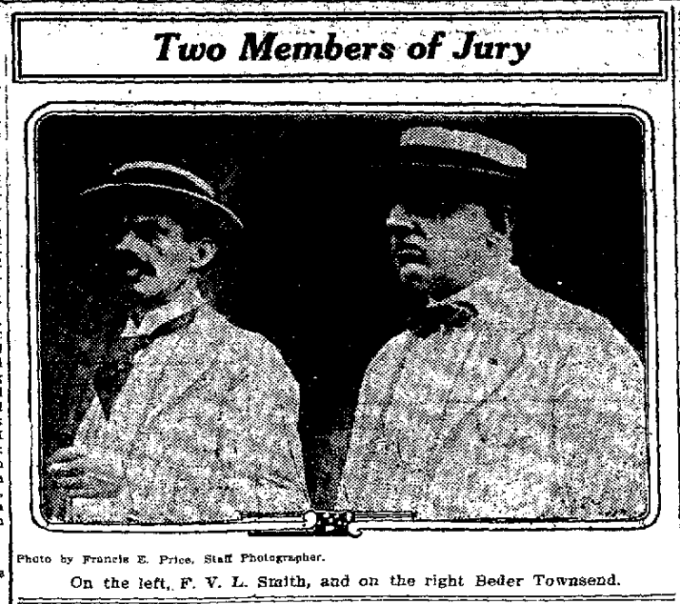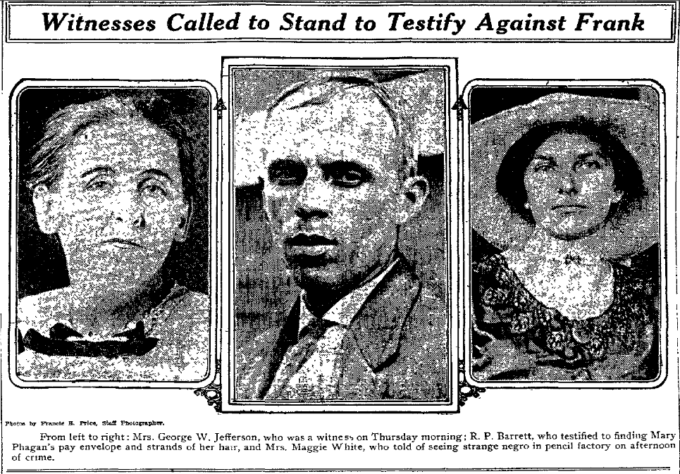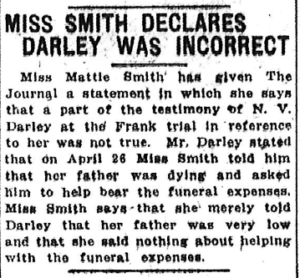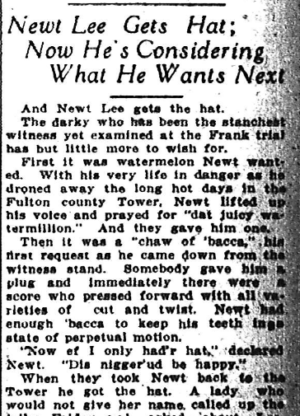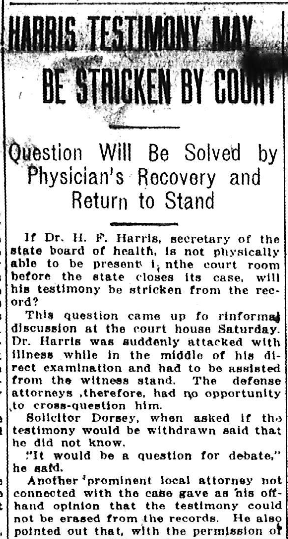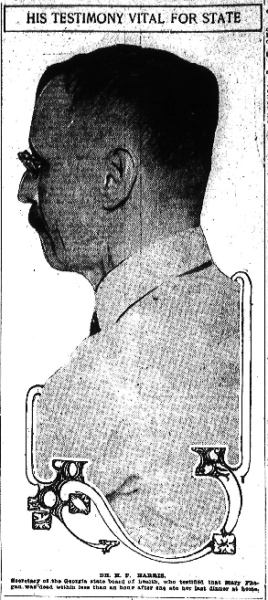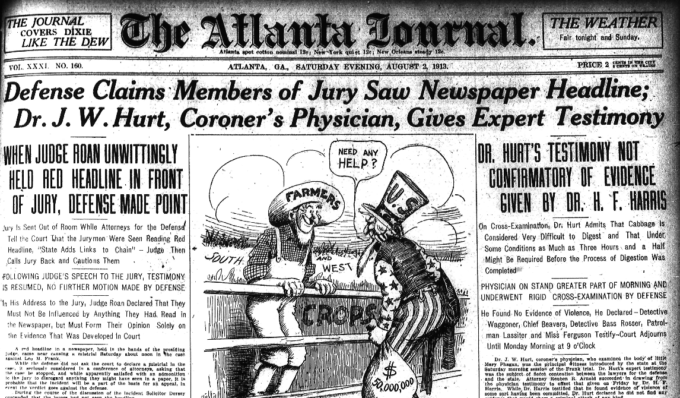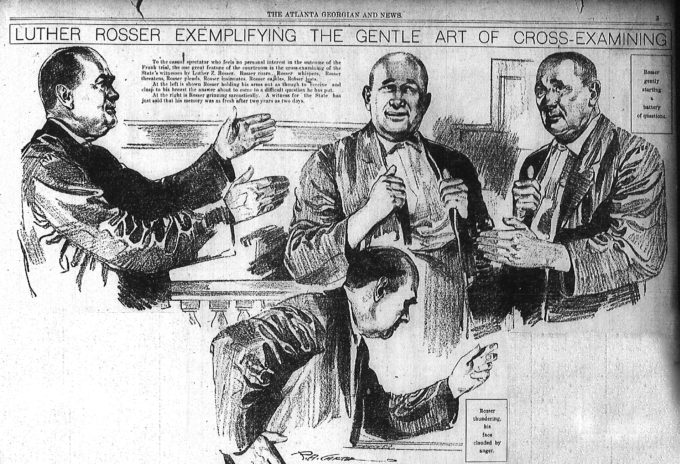Another in our series of new transcriptions of contemporary articles on the Leo Frank case.
Atlanta Constitution
August 2nd, 1913
Fully one-fourth of the big audience at yesterday afternoon’s session of the Frank trial was composed of women and girls. It was the largest crowd of the entire case, and, to the credit of Deputy Sheriff Miner and his force, was handled more effectively than at any preceding session.
There were many strange faces. The women sat in conspicuous seats, fighting many times to obtain a location in view of the witness stand and the tables at which sat the state’s lawyers and counsel for the defense. Many were small girls, especially one, who did not look over 14, and who wore a big hat that covered a mass of brown curls.
There were all types of feminine auditor—the woman of social position and the working women, most of the latter coming into the courtroom later in the afternoon when their working hours were at an end.
* * *



